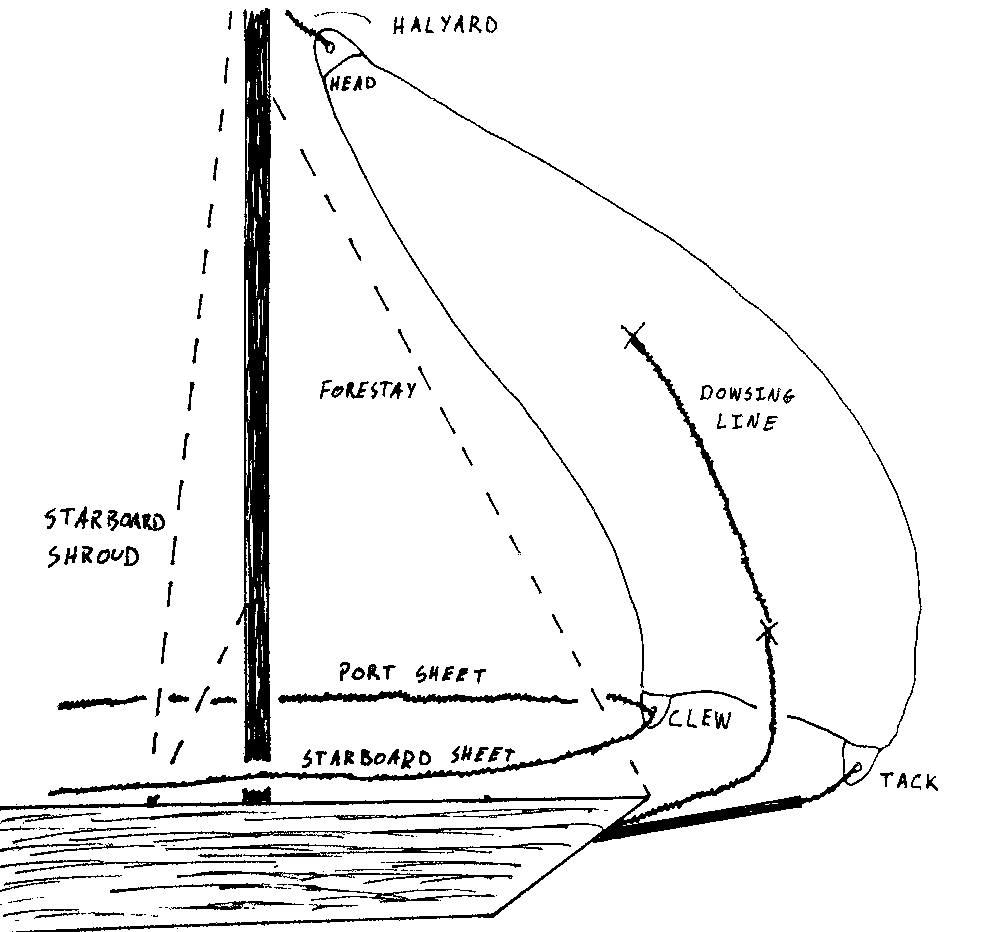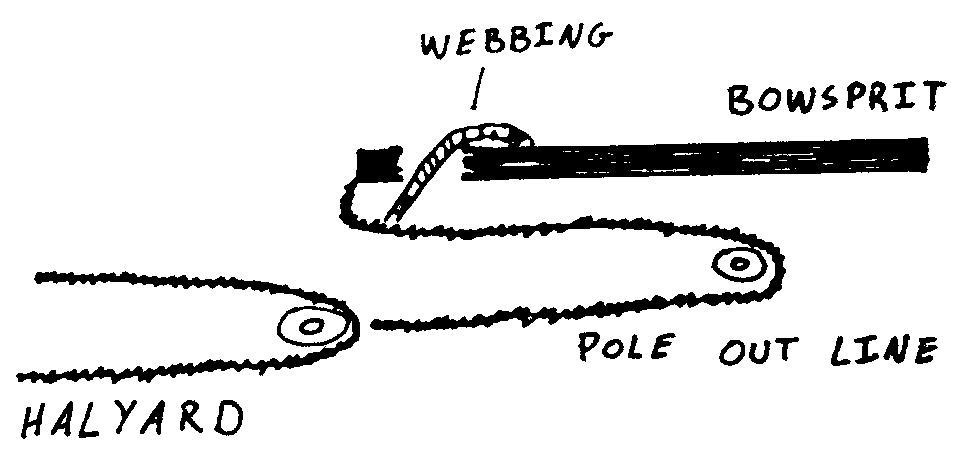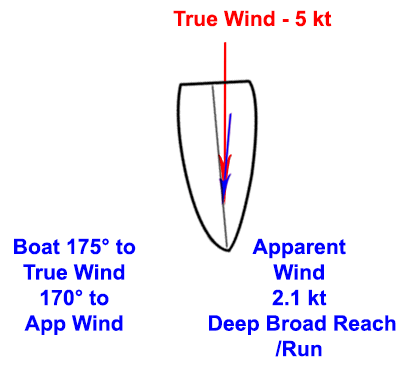Introduction to the Blog Series
Docking our keelboats under sail is one of the most difficult skills required for the Senior Rating. You have to be able to do it in all wind directions and in several boat types that handle very differently. It takes a huge time investment and a lot of commitment and practice to make the grade.
Everything you've learned on dinghies applies to keelboats, and on dinghies you establish a solid basis of sailing skills. This is why we require a Junior rating to take keelboat lessons, and why it's important to get your Senior Dinghy test passed before getting serious on keelboats.
But the transition from a dinghy to a Pearson Commander is not easy, as the latter has a large mass and a full keel, so it handles very differently from a dinghy. It does everything slowly, including stopping, but also powering up. If you get below the critical speed for steering it, it can take 8 or 9 seconds for the keel to power up, and in that period you're being pushed sideways. You could end up pressed against a downwind piling or boat.
Our keelboat slips are faced approximately west, so normally into the wind, just like our dinghy dock in the South Sailing Basin. So in a "normal" west or south-west wind, you dock pretty much the same way. Slow sail on a close reach into the dock/slip. But the boats are very different, so the procedure becomes more challenging on a keelboat, not to mention the damage you can do if you screw up.
This is the first in a series of blogs on keelboat docking to help you understand the differences between dinghy and keelboat and the additional factors that become important with the latter. I will assume a "normal" west or south-west wind, as this is what you'll be dealing with 80% of the time, at least. And initially, I'll be assuming relatively constant wind, although later in the series I'll talk about wind shifts and how to deal with them. I'm also assuming that you're planning to go into one of CSC's docks with a reasonable amount of time to prepare and plan. As you get more advanced, you will be required to do very quick impromptu dockings, but that comes much later.












